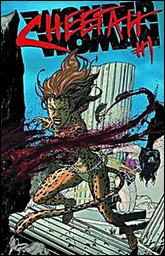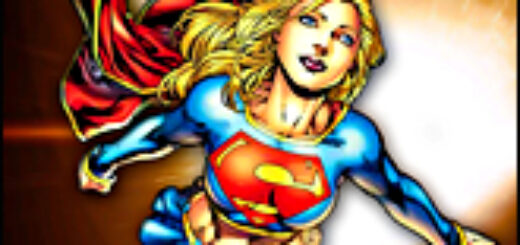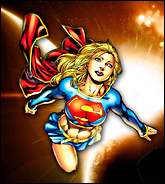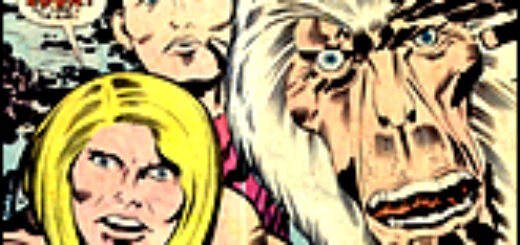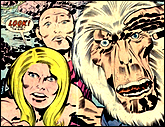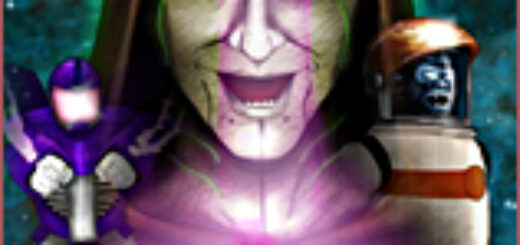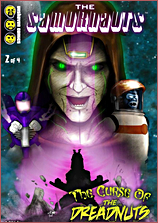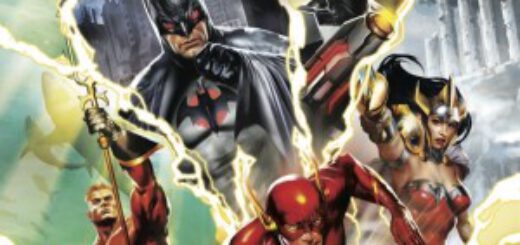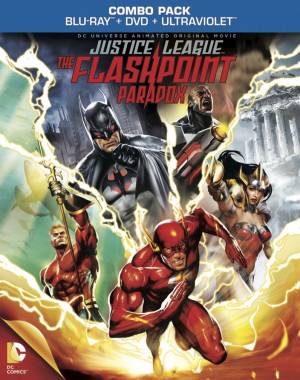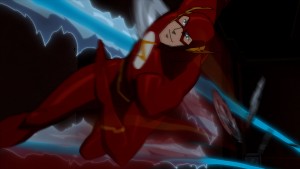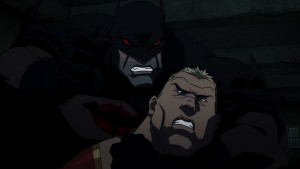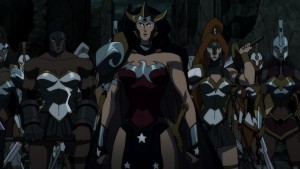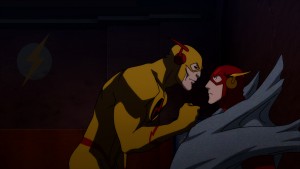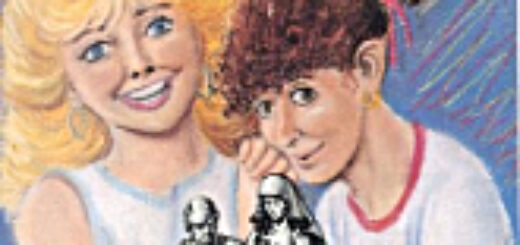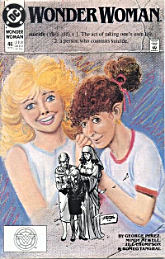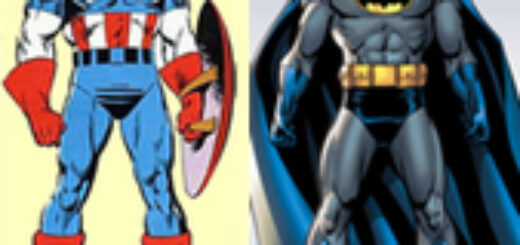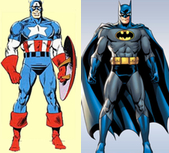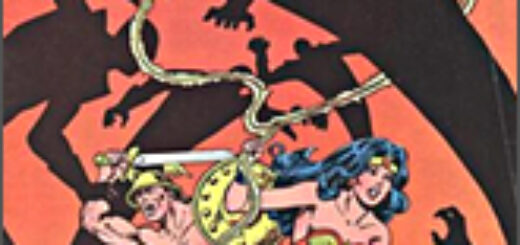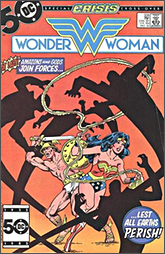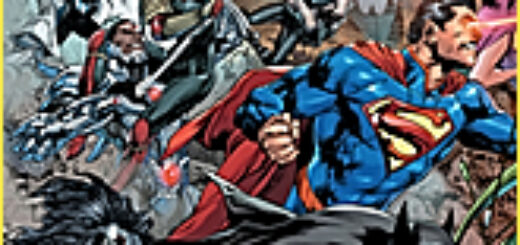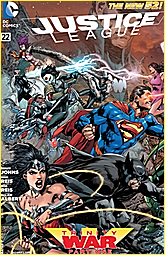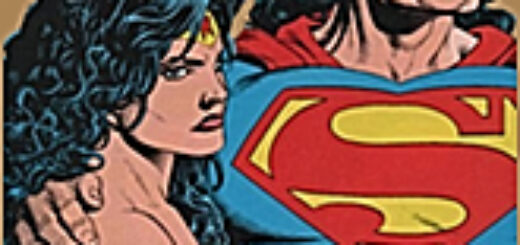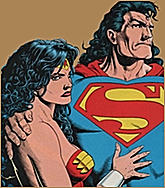John Ostrander: Crossover Mania!
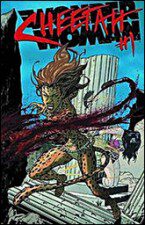 Into every comic book writer’s life – certainly if he or she works at all for the Big Two – some crossovers will fall. Maybe quite a few of them, especially these days. If you’re writing a series, it’s going to interrupt whatever storyline that you’re working on. Or you may get hired to work a fill-in connected to the series as I’ve done with the Forever Evil event over at DC with the Cheetah one shot running in Wonder Woman’s space. It’s totally deserving of your support to the point where I urge you to buy multiple copies. Give them out at Halloween to the kiddies.
Into every comic book writer’s life – certainly if he or she works at all for the Big Two – some crossovers will fall. Maybe quite a few of them, especially these days. If you’re writing a series, it’s going to interrupt whatever storyline that you’re working on. Or you may get hired to work a fill-in connected to the series as I’ve done with the Forever Evil event over at DC with the Cheetah one shot running in Wonder Woman’s space. It’s totally deserving of your support to the point where I urge you to buy multiple copies. Give them out at Halloween to the kiddies.
Erm. Maybe not. It’s a tad violent.
Anyway, I know about crossovers from having had a series interrupted by them to having written the main event. They’re a special breed and have special demands and I’ve run hot and cold with the concept. I can’t dis them because they’ve done me good overall.
I plotted the series Legends which was the first DC company wide crossover following Crisis on Infinite Earths. The series, by design, served as the launching pad for several new series including the Wally West version of the Flash, a new Justice League of America, and Suicide Squad. Along the way I was asked to write a two-part crossover in Firestorm, then being written by series creator Gerry Conway who wasn’t interested in doing the tie-in issues. The theory was that, since I was plotting the miniseries, I would know what was going on and thus be able to better co-ordinate.
I was eager for the assignment. As I said, I was plotting Legends but this would give me the chance to plot and dialogue and get my foot in the door for more work. I knew Suicide Squad would be launching from the crossover but I hadn’t yet actually dialogued any DC characters.
Denny O’Neil had just come over to DC and was the new editor on Firestorm and that made me nervous. Denny was, and is, a legend in the industry and I was still pretty new and green. What could I possibly come up with that he wouldn’t think was lame? We met at a Chicago Comic Con and I took him out to a lunch at a vegetarian/organic restaurant (Denny likes those) and he was amenable to anything I wanted to do. He figures I was a pro (albeit a new one) and knew what I was doing. One less worry for him (although I’m certain that if I had sounded like a dolt he would have let me know).
The result? He was pleased enough at what I did to offer me the book when Gerry Conway left a few issues afterwards.
Crossovers can be a pain. Millennium, with Steve Englehart as the scribe, was published weekly and the concept was that every other comic published that week would tie into it. My week had both Firestorm and Suicide Squad in it and all the books that week were supposed to attack the same place (a Manhunter Temple in Florida). I asked what was the purpose of the temple and was told, “Anything you want it to be.” That wasn’t the question I was asking and it seemed to me that the five or six books that were out that week needed to be coordinated so we were all on the same page or we’d all look like idiots. So I came up with a plot for our week that would work with everyone else and we came off pretty well. I think DC also slipped me some extra cash for doing it and that was nice.
Invariably, the crossover is not going to be the best story in a given ongoing series (with the notable exception of the Cheetah one shot coming out very soon which I would really hate for you to miss) but there are reasons as a writer on a series connected to the event that you want to do good things with it. Sales can go up on those issues (I’ve had royalty checks – pardon me, incentive or participation checks – that tell me that) and there is the possibility of attracting new readers who may be sampling the book for the first time. You want them to have a good experience and come back. Anything that increases readership is a good thing. You want to make the story accessible enough for the potential new readers without alienating or boring your regular readers.
You also need to be flexible. Details and story elements in the main event can change as other editors chime in on it and/or publishing or even marketing. Those changes can radically alter your tie-in. It’s more work and it’s usually not more money and you have to hope he changes are not going to affect what you have planned for your own story further down the road. You need to roll with the punches and make the story work. Treat it as a challenge and an opportunity to make the story even better. In theory. Showing you’re a team player can make you more valuable and get you more work. Again, in theory.
Every story you write, especially for the Big Two, has parameters. You’re expected to make each one a good story, one worth the money that the reader is paying. Crossovers just add a few more parameters. The basic rule still stands – make it the best story you can.
That’s the job.
MONDAY MORNING: Mindy Newell
TUESDAY MORNING: Emily S. Whitten

